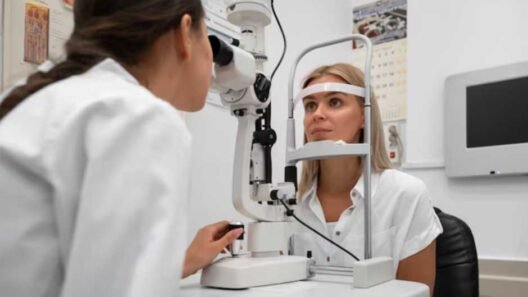As a dentist, you can work with a dental laboratory to satisfy your patients and improve their oral health. Advanced technology enables you to send digital scans to manufacturing technicians, allowing them to create a variety of restorations, including dentures and implants. Here are some ways in which dental labs enhance patient care:
Create Comfortable Dental Appliances
Once a dentist diagnoses a patient’s oral concerns and sends their scans to a dental lab, technicians can create precise restorations. Lab professionals manufacture dental appliances tailored to the patient’s teeth and bite. These include dentures, flippers, and fixed restorations such as implants. The devices can help patients with missing teeth chew their food more comfortably.
Dental labs also design orthodontic appliances, such as clear aligners and retainers, using lightweight and flexible materials. This supports patient comfort while effectively guiding teeth into their proper positions and maintaining alignment after treatment. Technicians can also create well-fitting mouthguards and nightguards. To promote a proper fit, labs may send try-ins for assessment before making final adjustments to the products.
Make Custom Work Models
Qualified dental laboratories create work models that help dentists evaluate a patient’s bite and identify alignment or spacing issues. Using these models, dental professionals can check the fit of appliances such as partials or retainers based on the patient’s bite. Models also enable dentists and labs to collaborate on matching the device’s color to the surrounding teeth, enhancing aesthetics.
To produce accurate models, laboratories utilize computer-aided design (CAD) and computer-aided manufacturing (CAM) techniques for consistent, precise results. This technology allows labs to craft restorations that enable patients to chew, speak, and bite comfortably. With these models, dentists can thoroughly assess tooth position and jaw alignment to provide more effective treatment with crowns or bridges.
Repair and Replace Devices
To support ongoing patient care, dental laboratories repair and replace devices that are damaged or outdated. Experienced technicians realign fractures and use laser welding to fuse cracks in metal or plastic appliances. After welding, they apply a polymer to bond the material securely. This process can help extend the device’s durability. If a crown or implant is severely cracked, the lab replaces it, which allows the patient to wear a reliable device promptly while protecting teeth from infection. Technicians may add metal clasps to partial dentures to prevent discomfort caused by broken appliances. They can also rebase dental devices to improve comfort and fit as they experience wear and tear.
According to this kids dentist in Las Vegas NV, this process of repair and replacement is a critical collaboration between the dental office and the laboratory. The dentist’s role is to diagnose the issue, take precise impressions or digital scans, and communicate the patient’s specific needs to the lab. The technicians then leverage their specialized skills and materials to restore the device, ensuring it retains its original fit and function. This seamless partnership allows for a more efficient and cost-effective solution than creating a brand-new prosthetic from scratch.
Reduce Wait Times
With modern technology, dental laboratories utilize CAD and CAM systems to create restorations in a short timeframe. Submitting cases digitally and sharing files via the cloud allows labs to work efficiently, potentially reducing patient wait times. Using 3D printing, labs produce models, temporary crowns, and aligners so that patients receive their products promptly.
Dentists send digital impressions using intraoral scanners, allowing labs to receive accurate data directly. Digital designs can provide accurate measurements, and this helps technicians avoid having to remake the devices, further reducing wait times for patients. Labs may also use specialized software to get the right tooth color and reduce delays due to shade mismatches.
Design Durable Restorations
Dental laboratories use high-quality materials, such as zirconia and porcelain, to create durable restorations for patients. These materials resist chipping and wear, making them suitable for use in crowns, bridges, veneers, and various other dental appliances. Technicians may also use titanium to make metal frameworks for partial dentures because it’s lightweight and strong. Some labs use gold to create dental crowns, bridges, inlays, and onlays, as this metal resists corrosion and helps protect teeth from decay. Ceramics like lithium disilicate enable labs to produce long-lasting restorations that may minimize the need for repairs or replacements. These materials mimic the feel of natural teeth, making chewing and speaking easier for patients using dental devices for the first time.
Work With Experienced Dental Labs
Whether you need removable, fixed, or orthodontic appliances, you can partner with an experienced dental lab. These labs make sure your cases are handled by qualified technicians. They review your files carefully and create quality, durable products tailored to the patient’s bite, appliance type, and color preferences. To learn more about the services dental labs provide, contact them by phone or email today.













